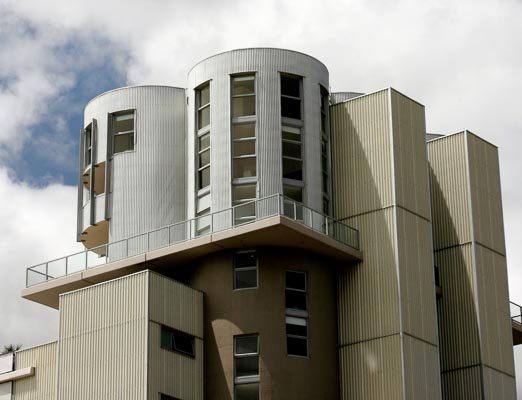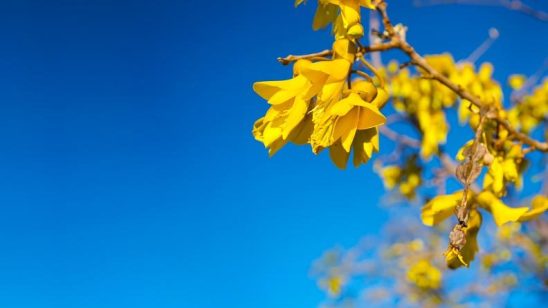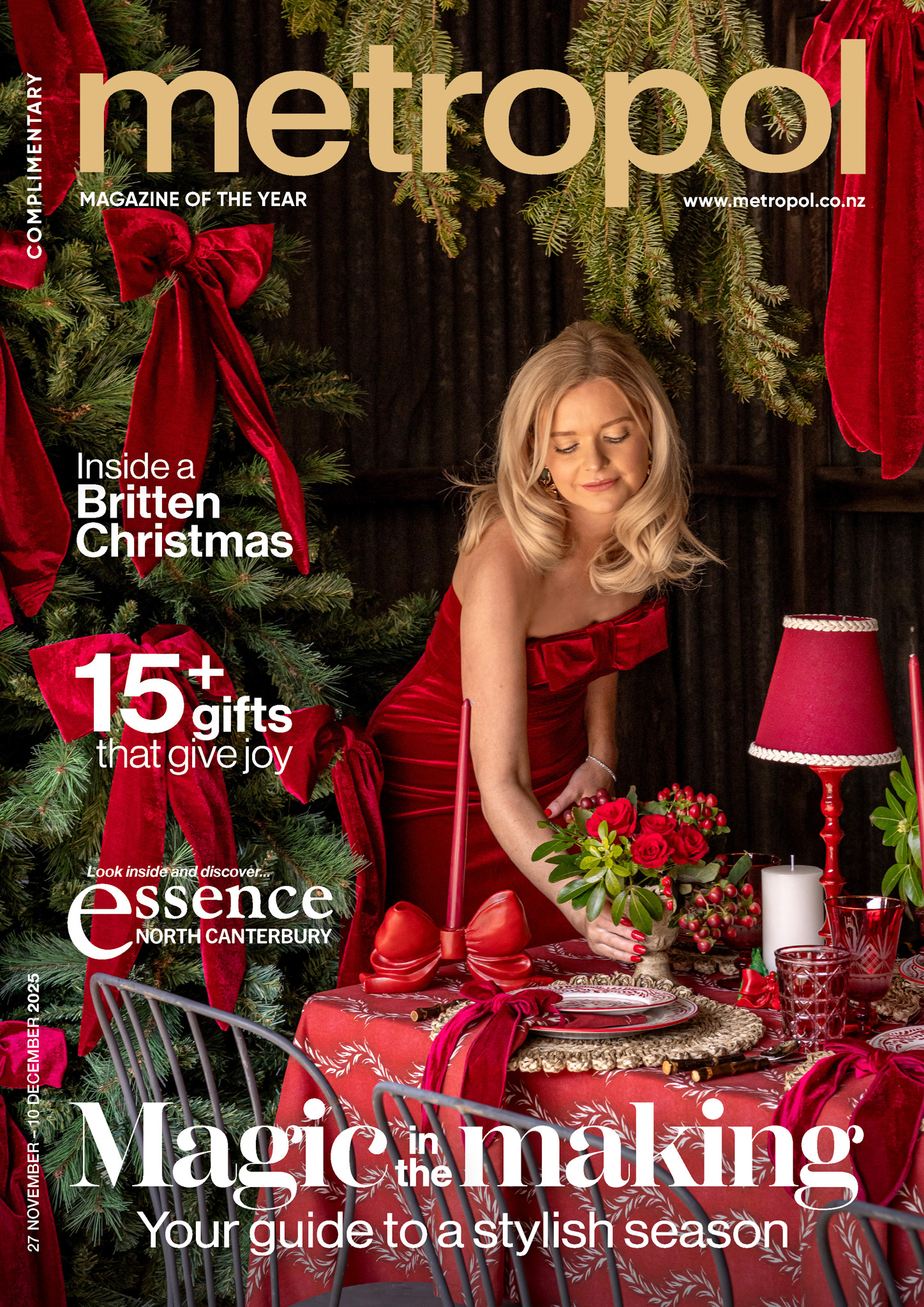
Creating metal magic
Buildings come in all shapes, sizes, designs, and materials, including an increasing number comprising various types of metal.
Copper, roofing iron, and corrugated iron are all popular choices in modern architecture. Contemporary corrugated iron is extremely weatherproof, so it offers an excellent, cost-effective solution in areas exposed to wind, rain, snow, and hot, dry conditions.
One of the characteristic building materials in New Zealand for more than 150 years, it is technically a light steel sheet that has been galvanised (treated with a coating of zinc on both sides) to prevent rusting, then rolled into corrugations at either 76 or 127 millimetres.
First produced in English steel mills in the 1830s, it was regarded as suitable only for temporary buildings, and indeed many classic Kiwi baches were re-clad in it, along with barns, and eventually homes. As an exterior cladding for homes, metal has increased in popularity in New Zealand during the last decade, despite an abundance of alternatives such as timber and brick.
Architects say that metal cladding, like those made from aluminium or steel materials, is highly durable and long-lasting. It can withstand New Zealand’s often harsh weather conditions, including strong winds, rain, and UV radiation, without deteriorating or losing its aesthetic appeal. When properly installed and maintained, it can last for several decades giving a great return on investment.
Requiring minimal maintenance, it is resistant to rot, pests, and fungal growth, eliminating the need for regular repairs or treatments. Occasional cleaning is usually sufficient to keep the metal panels in good condition, reducing maintenance costs and efforts over the long term.
Better yet, it is architecturally versatile, able to be shaped in various ways that are not possible with other exterior cladding options, allowing creative and unique building designs.
Another advantage is its light weight, making it easier to transport and install. From energy efficiency and sustainability aspects, metal cladding is an excellent thermal conductor, and is mostly recyclable, in addition to often being made from recycled materials.
Disadvantages include high upfront costs for the metal itself, plus its installation, increased noise levels (the sound of rain on the tin roof), the risk of corrosion if not cared for properly, and the need for proper insulation and ventilation to work effectively.



